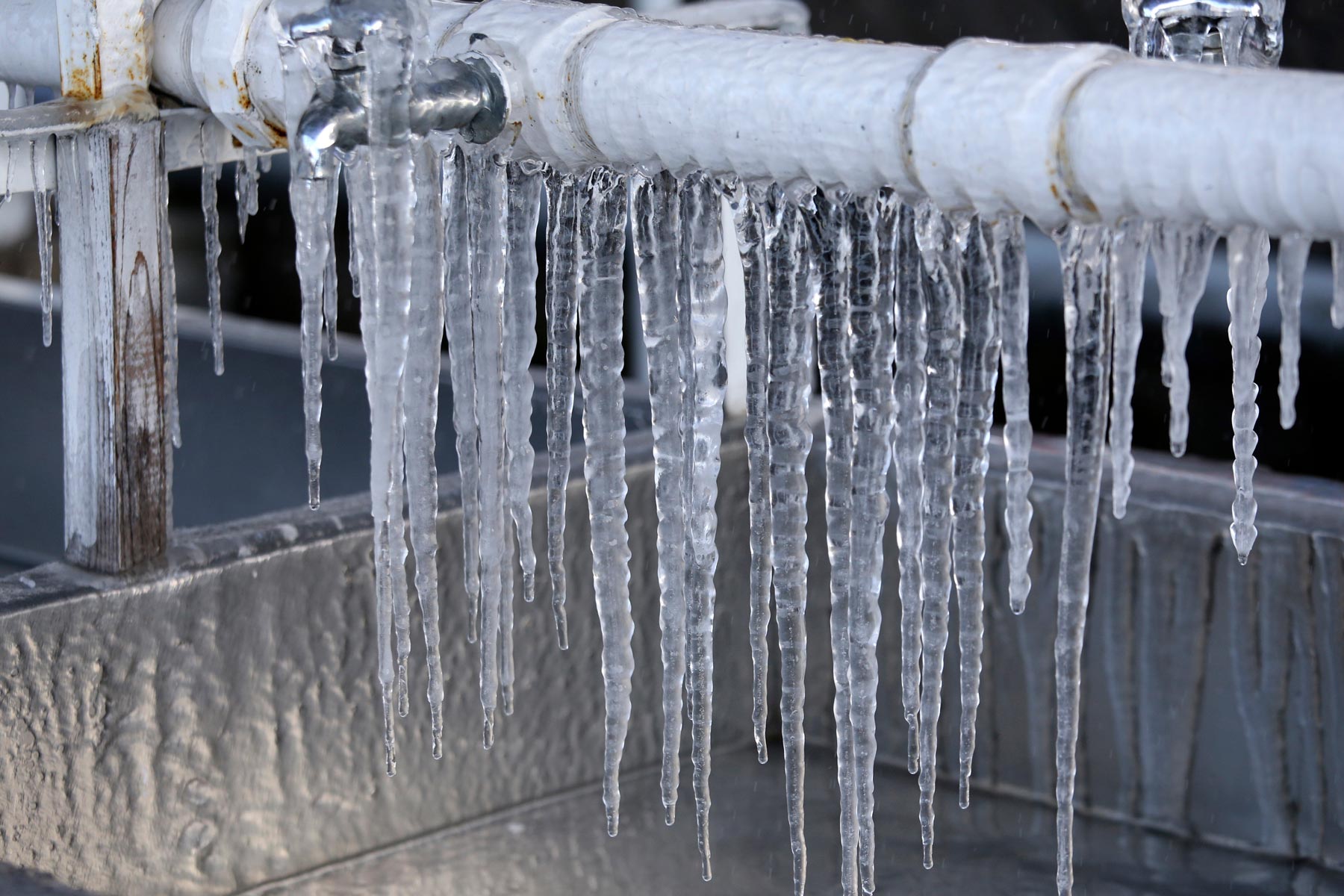How do you feel on the subject of 6 Ways to Prevent Frozen Pipes?

Winter can ruin your plumbing, especially by freezing pipes. Right here's just how to prevent it from happening and what to do if it does.
Introduction
As temperatures drop, the danger of icy pipelines rises, possibly resulting in costly repair work and water damage. Recognizing just how to avoid frozen pipes is essential for homeowners in cool climates.
Avoidance Tips
Insulating vulnerable pipelines
Cover pipes in insulation sleeves or use warmth tape to secure them from freezing temperatures. Concentrate on pipes in unheated or exterior areas of the home.
Heating strategies
Maintain interior rooms adequately warmed, particularly locations with plumbing. Open cabinet doors to permit cozy air to flow around pipelines under sinks.
Exactly how to determine icy pipelines
Search for reduced water flow from taps, unusual odors or noises from pipelines, and visible frost on revealed pipelines.
Long-Term Solutions
Structural adjustments
Consider rerouting pipelines far from outside wall surfaces or unheated locations. Add additional insulation to attic rooms, cellars, and crawl spaces.
Upgrading insulation
Purchase high-quality insulation for pipes, attics, and wall surfaces. Proper insulation aids preserve regular temperatures and reduces the risk of frozen pipes.
Safeguarding Exterior Plumbing
Garden hoses and exterior taps
Separate and drain pipes garden pipes before winter. Mount frost-proof spigots or cover outside taps with insulated caps.
Recognizing Frozen Pipelines
What creates pipelines to ice up?
Pipelines freeze when subjected to temperatures below 32 ° F (0 ° C) for expanded durations. As water inside the pipes freezes, it broadens, taxing the pipe walls and potentially triggering them to rupture.
Dangers and damages
Icy pipelines can lead to supply of water disruptions, home damage, and costly repair services. Burst pipelines can flood homes and create substantial structural damage.
Indicators of Frozen Pipeline
Recognizing frozen pipes early can stop them from bursting.
What to Do If Your Pipes Freeze
Immediate activities to take
If you believe frozen pipes, keep taps open up to relieve pressure as the ice melts. Utilize a hairdryer or towels taken in warm water to thaw pipelines gradually.
Final thought
Protecting against icy pipelines needs positive procedures and quick reactions. By comprehending the causes, signs, and safety nets, home owners can secure their plumbing during winter.
5 Ways to Prevent Frozen Pipes
Drain Outdoor Faucets and Disconnect Hoses
First, close the shut-off valve that controls the flow of water in the pipe to your outdoor faucet. Then, head outside to disconnect and drain your hose and open the outdoor faucet to allow the water to completely drain out of the line. Turn off the faucet when done. Finally, head back to the shut-off valve and drain the remaining water inside the pipe into a bucket or container. Additionally, if you have a home irrigation system, you should consider hiring an expert to clear the system of water each year.
Insulate Pipes
One of the best and most cost-effective methods for preventing frozen water pipes is to wrap your pipes with insulation. This is especially important for areas in your home that aren’t exposed to heat, such as an attic. We suggest using foam sleeves, which can typically be found at your local hardware store.
Keep Heat Running at 65
Your pipes are located inside your walls, and the temperature there is much colder than the rest of the house. To prevent your pipes from freezing, The Insurance Information Institute suggests that you keep your home heated to at least 65 degrees, even when traveling. You may want to invest in smart devices that can keep an eye on the temperature in your home while you’re away.
Leave Water Dripping
Moving water — even a small trickle — can prevent ice from forming inside your pipes. When freezing temps are imminent, start a drip of water from all faucets that serve exposed pipes. Leaving a few faucets running will also help relieve pressure inside the pipes and help prevent a rupture if the water inside freezes.
Open Cupboard Doors
Warm your kitchen and bathroom pipes by opening cupboards and vanities. You should also leave your interior doors ajar to help warm air circulate evenly throughout your home.

I discovered that piece about Winter Plumbing Precautions: Preventing Frozen Pipes while doing a search on the internet. Do you know about anybody else who is in the market for the niche? Why not share it. Thanks so much for your time spent reading it.
Call Today
Comments on “Essential Tips to Prevent Frozen Plumbing in Winter: Expert Insights”